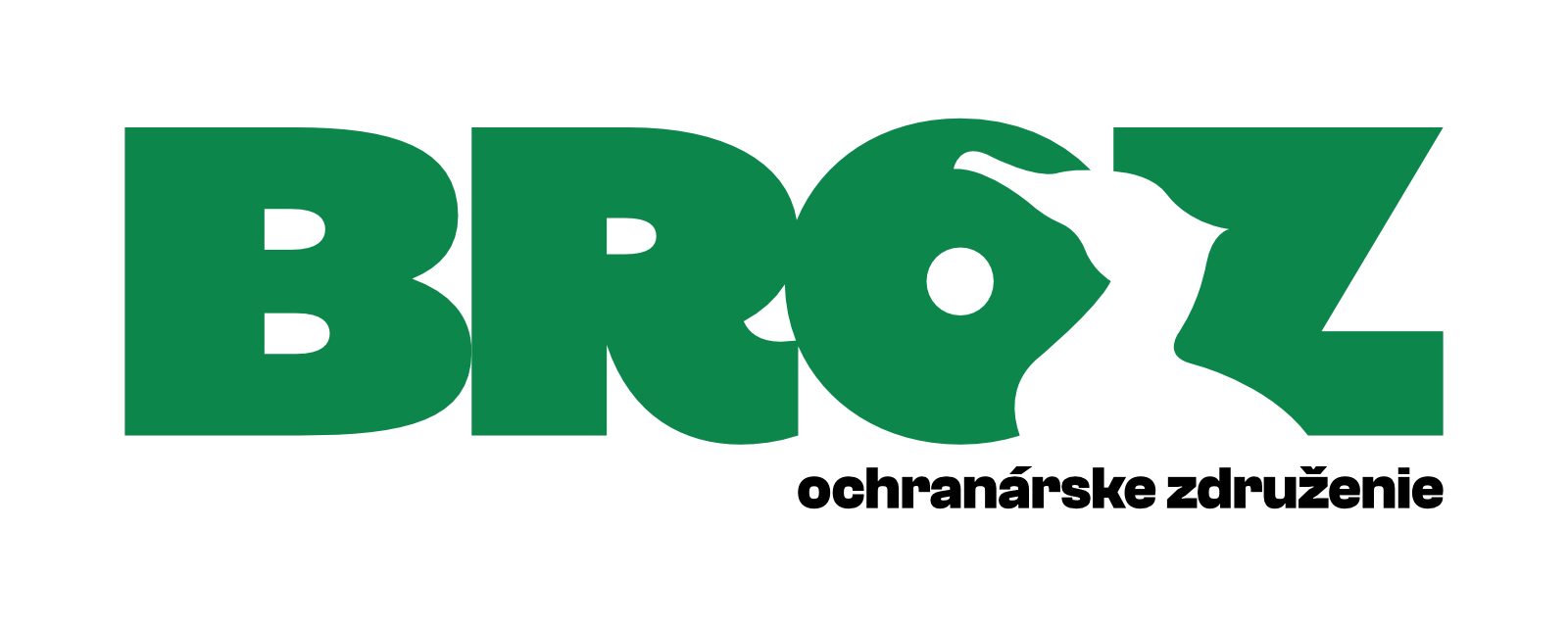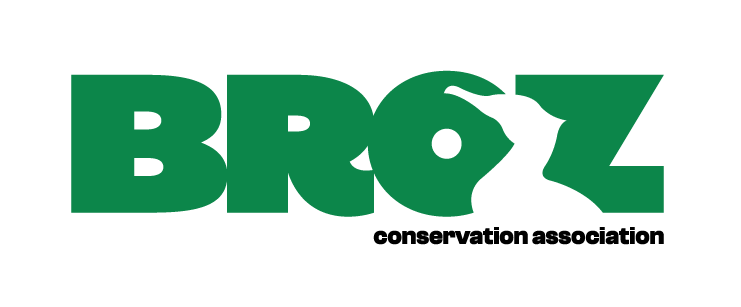Presentation of the most charismatic outputs of the project
During 12.-13.-3. the visit of the project monitor and the representative of the European Commission took place for the purpose of checking the LIFE Danube Floodplains project. The program was literally full. On Tuesday, we started our mission early in the morning on the island of Háros in Budapest, where representatives of the Hungarian partner of the Danube-Ipoly National Park project presented their implemented activities aimed at the restoration of floodplain forests. It involved growing of eed material of native tree species, planting of forest stands, protecting seedlings from being bitten by animals with the help of nature-friendly paint, and fighting invasive species.
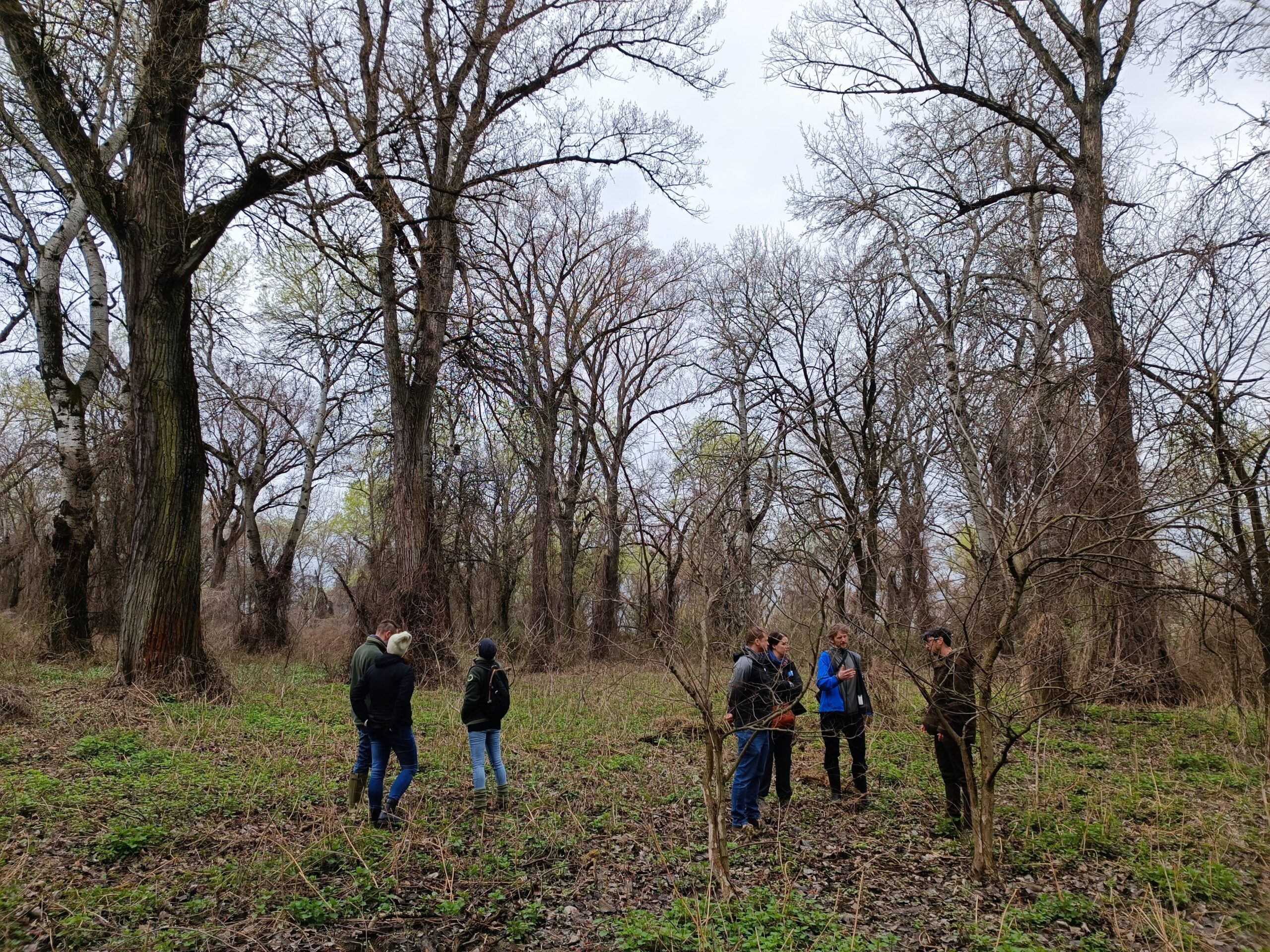
Floodplains forest on Háros Island
After lunch, we moved to the Slovak part of the project area, first to the local cooperative in Vrbová nad Váhom, where we presented the good cooperation, thanks to which grazing was restored on the nearby Apál Island. We checked the condition of the meadows directly in the field, which were mulched and mowed at the beginning of the project, later cleared of non-native trees and prepared for grazing. In the summer of 2023, fences, a well and watering holes were placed here, and after the first season of cow grazing, the area looks unrecognizable from the state before the project.
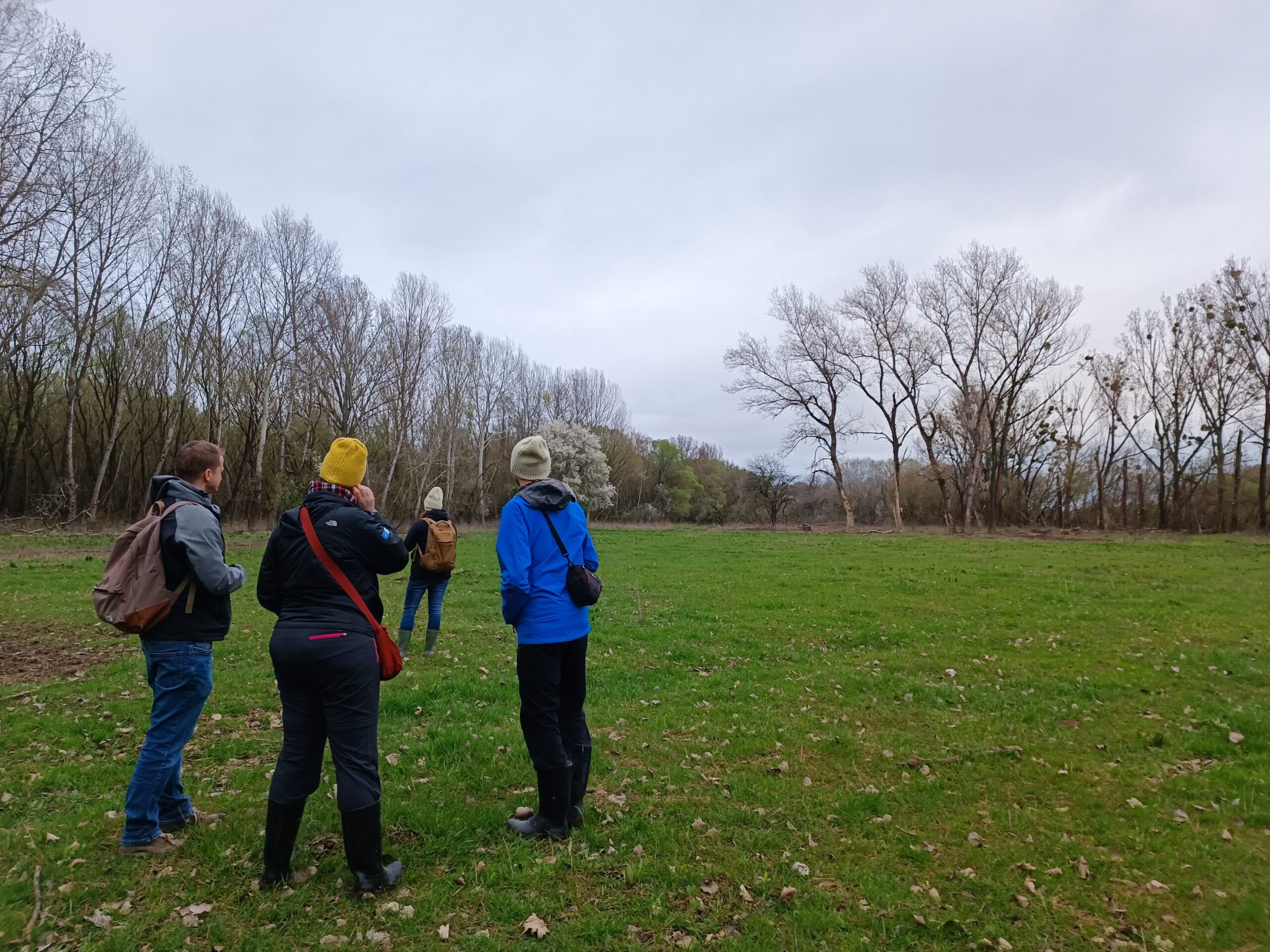
Grazed meadows of the Apál Island
Next, a rich program awaited us on Veľkolélsky Island. Here we also presented the results of grazing on several areas, pollarding of head willows, as well as a channel and wetlands restoration, which significantly contributed to the improvement of the island’s water regime, e.g. for amphibians. In Veľky Lél, 7 information boards were installed as a result of the project. Already in the dark, with only the light of our mobile phones, we looked from the pontoon at the Veľkolélske side arm and debated about our previous conservation successes. Then we had the opportunity to show off the exhibition about life in the Danube floodplains, located in a renovated historical granary, and we offered a rare visit with cheeses from the home production of a local farm.
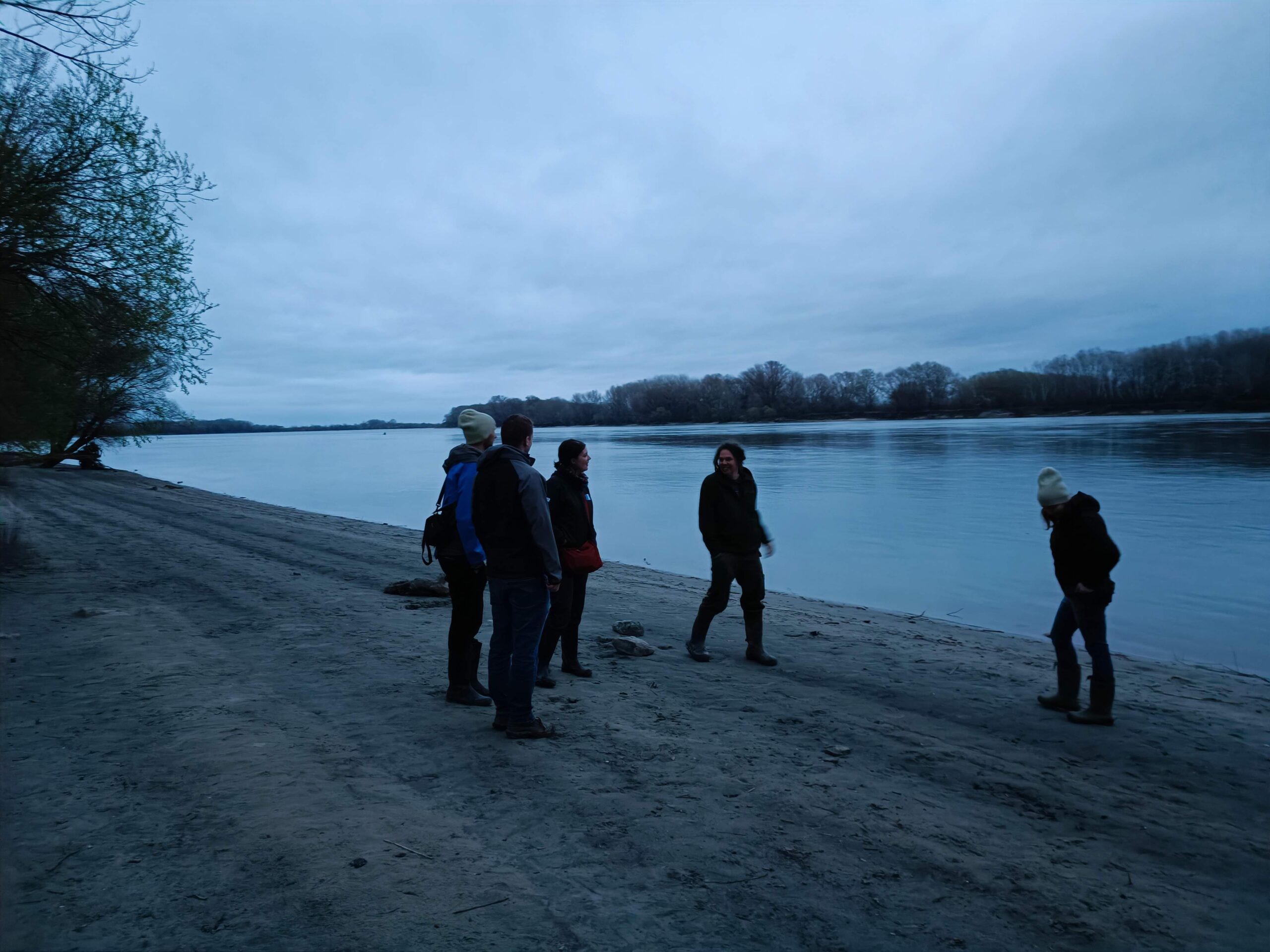
On the Danube river bank
The second day began with presentations of activities at the National Forestry Center in Gabčíkovo, where a unique fully automated foil plant was built as a result of the project, in which the NLC partner grows seedlings of domestic tree species typical for floodplain areas. We also saw the results of the introduction of grazing and pollarding of willows at the Bodíky location. We also presented the supporting activities of the project aimed at restoring the water regime of the Danube river branches – we visited Kráľovská lúka, where restoration work is still ongoing and the already restored lower Vojčianske side arm. The cherry at the top of the cake was a demonstration of an ongoing spring simulated flood with a desired flow rate of 120 m3/s.
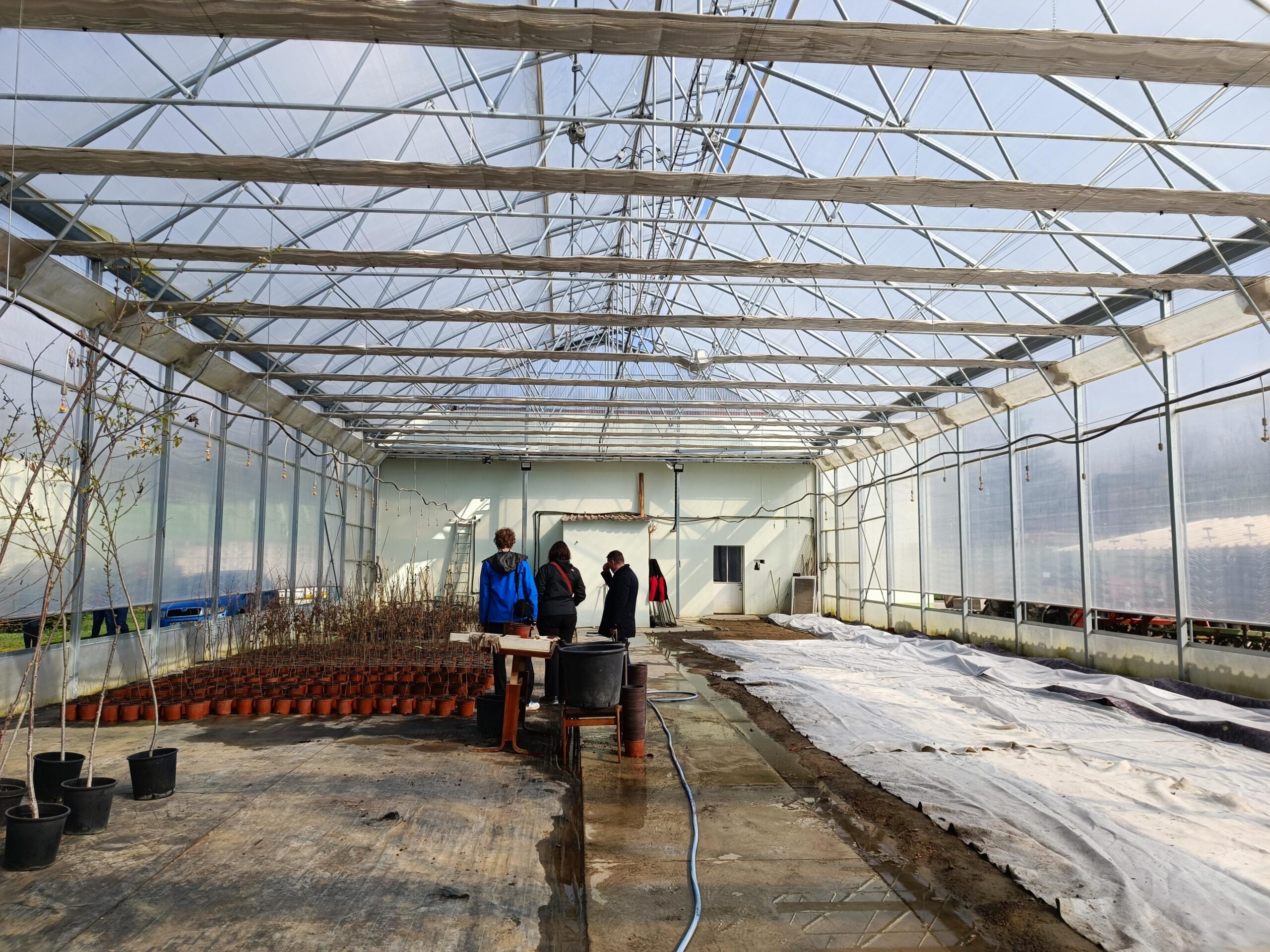
Foil planter for growing seedlings
Such project inspections serve not only as monitors, to verify whether the planned activities of the project were properly carried out in the field, but it is also an encouragement for us to continue our work, when we see how much we have done for the nature of the Danube floodplains in the last few years.
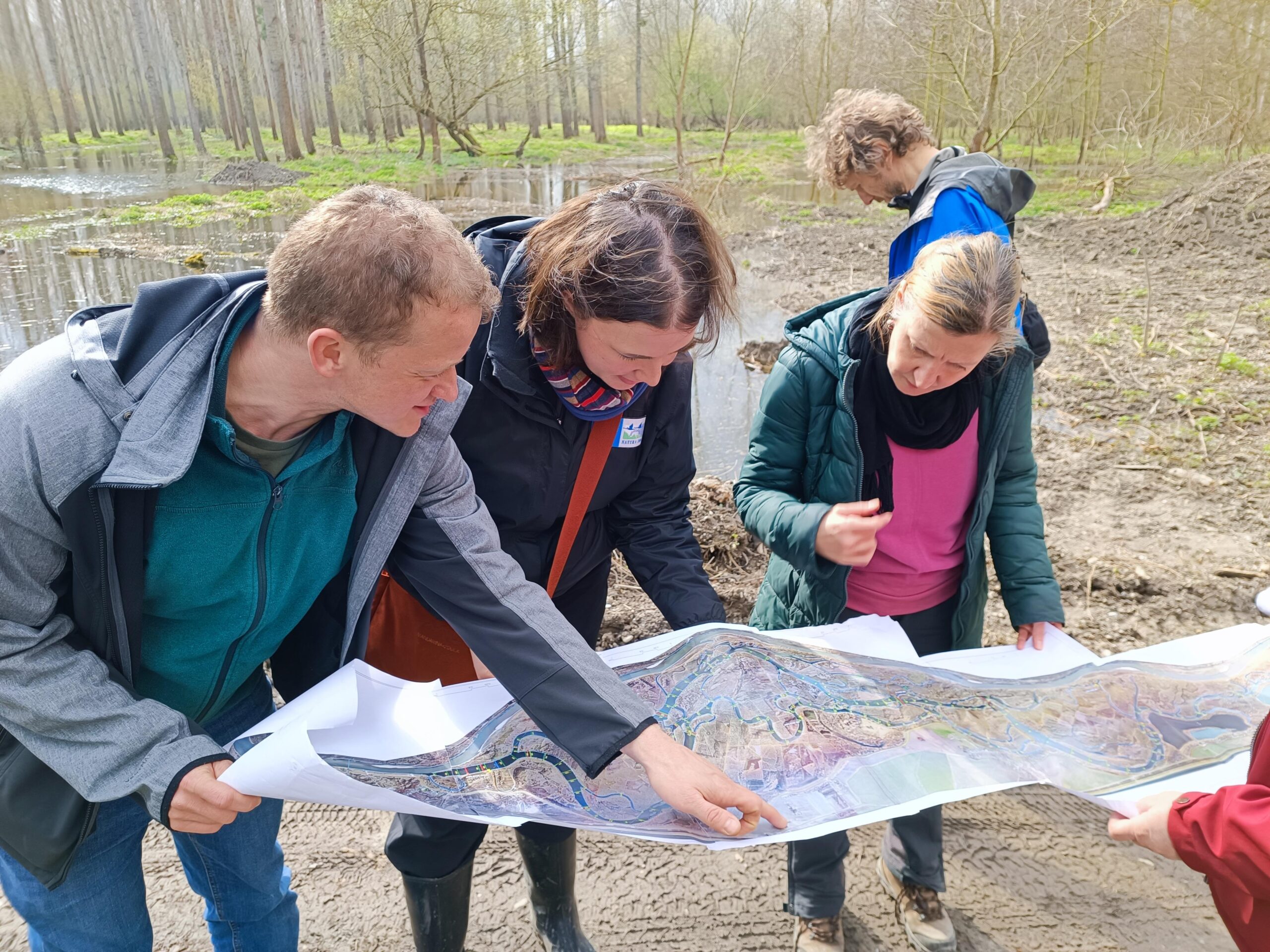
Together over the map of the Danube Floodplains
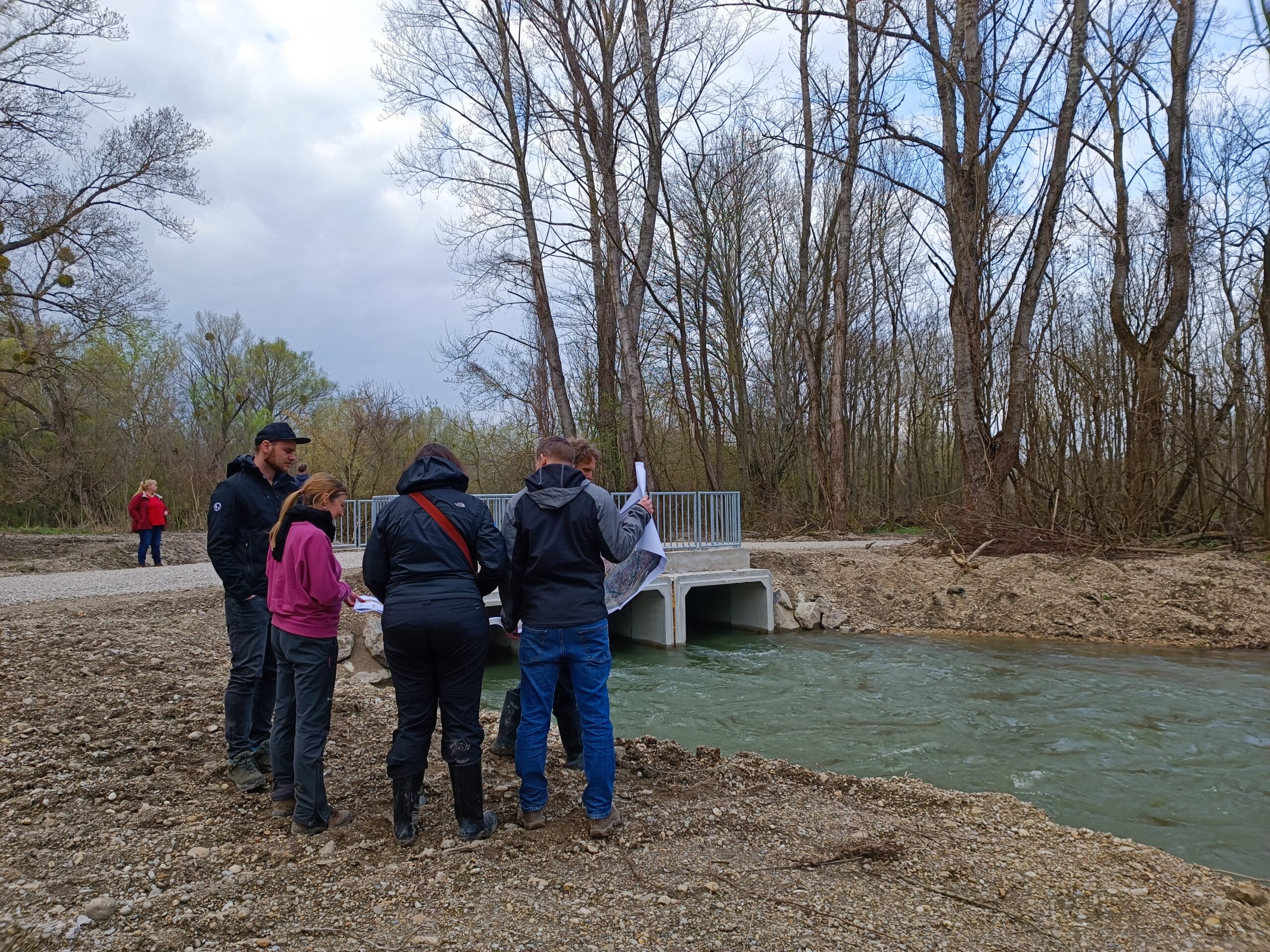
On the bank of the Vojčianske side arm
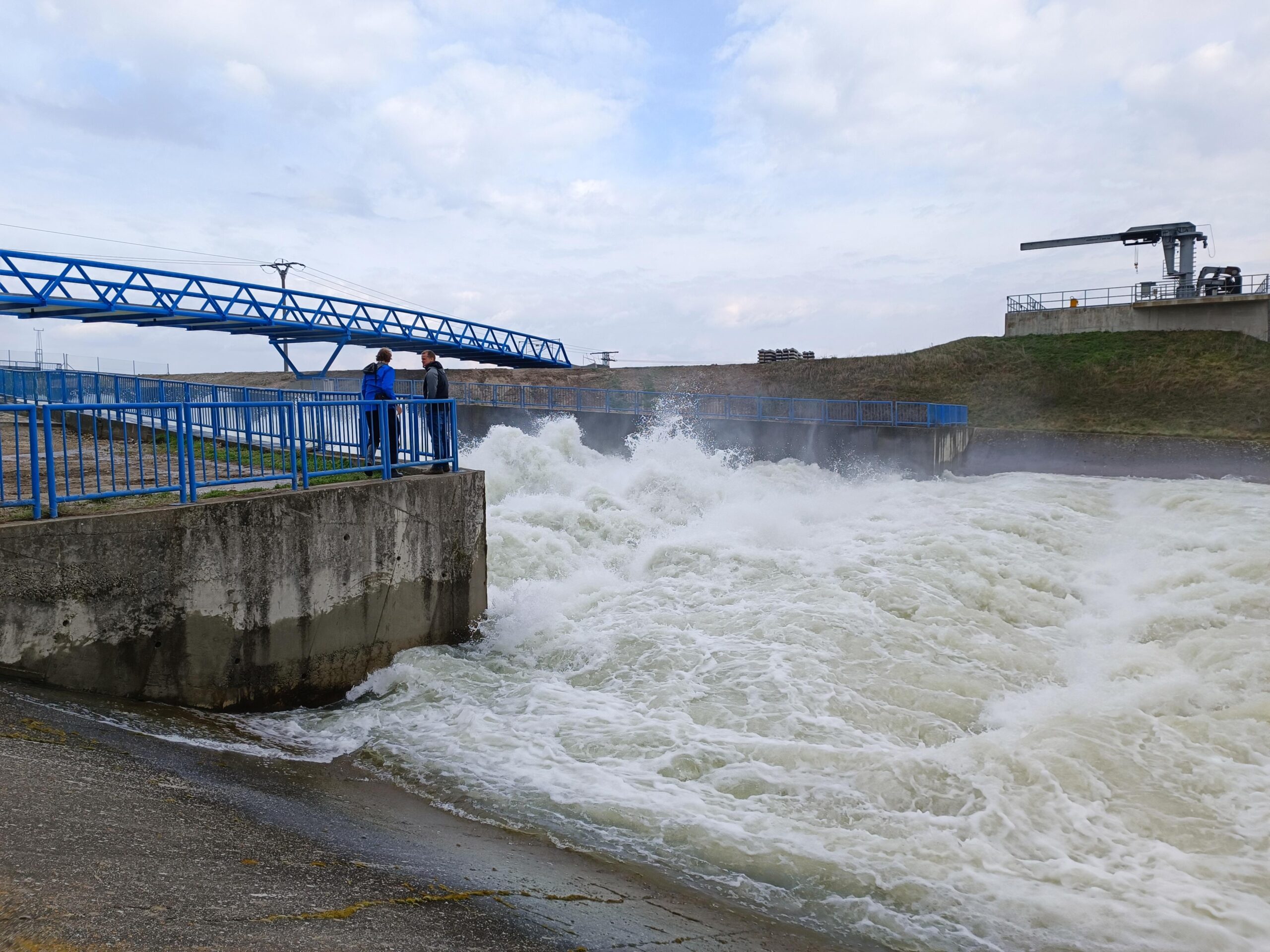
Spring simulated flood
